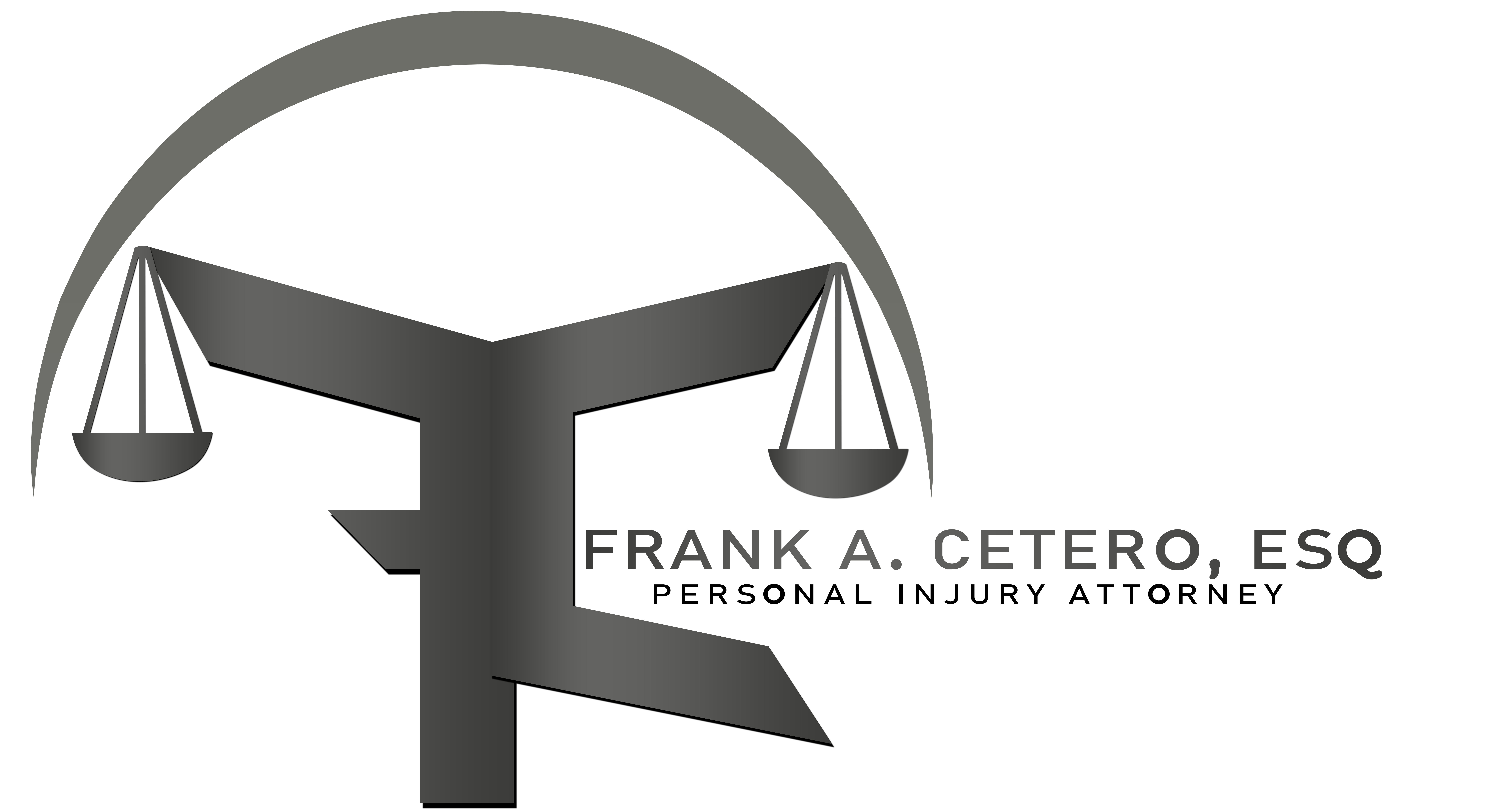Lift truck accidents can cause serious injuries and financial loss. Knowing the most common type helps prevent them and ensures safer operations.
Safety in lift truck operations is essential to protect workers and maintain productivity. Identifying the most common types of accidents allows companies to implement effective safety measures, minimizing risks, reducing damage to goods, and preventing costly downtime.
What Is the Most Common Type of Lift Truck Accident?
Tip-overs are the most common type of lift truck accident. They often happen due to improper loading or unstable ground conditions, posing severe risks to drivers.
Understanding why tip-overs happen and how to prevent them is crucial for workplace safety. Let’s break down the causes, risks, and prevention methods for this common type of lift truck accident.
Causes of Lift Truck Tip-Overs
Tip-overs occur when a lift truck loses balance, often due to uneven loads or driving on unstable surfaces. Imagine you’re lifting a heavy load, and the ground suddenly shifts—this small mistake can lead to a major accident in seconds. Forklift accidents like this are unfortunately common, and it doesn’t take much to tip the balance of a fully loaded truck.
Risks Associated with Tip-Overs
These accidents pose serious risks to the lift truck operator and can result in damaged goods, lost wages, and costly downtime. Tip-overs often cause severe injuries, such as broken bones or internal bleeding, especially when a driver isn’t wearing a seat belt. Lift truck drivers should be vigilant and use proper safety gear to reduce injury risks.
Tips for Preventing Tip-Overs
Forklift drivers must be extra cautious about loading the truck and always check ground conditions before moving. Understanding the risks of lift truck accidents, especially tip-overs, is essential for improving workplace safety. Recognizing these hazards and taking preventive steps, like proper training and load balancing, can significantly reduce the chances of a serious accident.
Why Do Tip-Over Accidents Happen?
Most tip-overs occur when drivers handle heavy loads or turn too sharply. The weight distribution shifts, making the truck unstable.
Tip-over accidents involving lift trucks usually arise from several critical factors. Understanding these can help prevent dangerous situations. Let’s break down the main reasons behind these incidents.
Key Reasons for Tip-Overs
- Driver Error: Sometimes, mistakes happen when drivers are not fully focused or lack experience. For example, if you make a sudden turn while carrying a heavy load, it can quickly throw the truck off balance.
- Overloading: Exceeding the weight limit of the lift truck can significantly increase the risk of tip-overs. If the load is too heavy, the lift truck can tip over and become unsteady.
- Uneven Ground: Driving on slopes or uneven surfaces can cause a lift truck to tip over. If the ground shifts unexpectedly or is too soft, the lift truck may lose stability and tip over.
- Quick Maneuvers: Sharp turns and sudden stops can shift the center of gravity. For example, if a forklift operator tries to navigate a tight space too quickly, the load can shift and cause a tip-over.
How Can You Prevent Lift Truck Tip-Overs?
Training and proper load management can significantly reduce tip-over accidents. Keeping within weight limits and avoiding sharp turns are crucial to safety.
Preventing lift truck tip-overs is all about being proactive and following best practices. Here are some actionable steps to help keep everyone safe and reduce the risk of accidents.
Actionable Steps to Avoid Tip-Overs
- Load Balancing: Always ensure the load is evenly distributed on the lift truck. This helps maintain stability and prevents the lift truck from becoming top-heavy.
- Proper Driver Training: Make sure all lift truck drivers receive comprehensive training on safe driving practices, including load handling and navigating tight spaces. A well-trained operator is less likely to make critical errors.
- Regular Equipment Maintenance: Schedule routine inspections and maintenance for lift trucks. Keeping equipment in good shape helps ensure that safety features function correctly and reduce the risk of mechanical failures.
- Know Weight Limits: Always adhere to the manufacturer’s recommended weight limits for the lift truck. Overloading increases the risk of tip-overs and can also result in serious injuries to forklift drivers.
- Avoid Sharp Turns: Encourage drivers to take wide turns and avoid sudden maneuvers, especially when carrying a load. Sharp turns can shift the center of gravity, increasing the chance of a tip-over.
Benefits of Implementing Safety Measures
Following these tips helps create a safer work environment, reduces the risk of lift truck accidents, and protects your team from potential injuries. Prioritizing safety can also lead to lower costs associated with accidents, such as equipment repairs and lost wages. Focusing on safety ensures everyone remains secure, and operations continue smoothly.
What Are Other Common Types of Lift Truck Accidents?
While tip-overs are prevalent, collisions with pedestrians and objects are also frequent. Understanding these incidents helps improve overall workplace safety.
Lift truck accidents can take various forms, each posing unique risks to drivers and those around them. Aside from tip-overs, it’s crucial to recognize other common types of lift truck accidents that can occur on job sites.
Common Types of Lift Truck Accidents
- Collisions with Pedestrians: These accidents occur when lift trucks intersect with pedestrian walkways, often due to limited visibility or inattentiveness. Statistics show that forklift accidents involving pedestrians account for a significant percentage of workplace injuries. Both forklift drivers and pedestrians need to be aware of their surroundings.
- Collisions with Objects: Lift trucks can collide with walls, shelving, or other equipment, leading to property damage and potential injury. Such accidents often result from poor navigation skills or improper load handling, which can upset balance and control.
- Falls from Heights: drivers may fall from lift trucks while trying to access loads at high elevations. Proper training on using safety features, like guardrails and harnesses, is essential to prevent these incidents.
- Equipment Failures: Mechanical failures can lead to serious accidents, especially if maintenance routines are neglected. Regular inspections ensure all lift truck components, including brakes and steering, function correctly.
Statistics and Impact
Understanding the frequency and impact of these lift truck accidents emphasizes the importance of occupational safety. According to the Occupational Safety and Health Administration (OSHA), forklift accidents are responsible for approximately 100 fatalities and 95,000 injuries annually in the U.S.
Prioritizing safety measures, including training, regular maintenance, and clear communication, can significantly reduce the chances of these accidents. Implementing a safety-first culture not only protects workers but also helps avoid costly downtime and equipment repairs.
What Are the Consequences of Lift Truck Accidents?
Lift truck accidents can lead to severe injuries and even fatalities. The consequences extend beyond the immediate impact, affecting businesses financially and reputationally.
Lift truck accidents have significant consequences that affect both individuals and organizations. Understanding these repercussions is vital for promoting a safe working environment.
Potential Consequences of Lift Truck Accidents
- Injuries: The most immediate consequence is often serious injuries, like broken bones or internal injuries. Personnel falling from elevated loads or being struck by forklifts can result in long-term health issues.
- Legal Issues: Companies may face lawsuits if negligence is involved. The responsible party could be held accountable if a forklift operator ignores safety measures.
- Increased Insurance Costs: Frequent accidents can increase workers’ compensation premiums and liability insurance costs. This financial strain can impact other critical areas of the business.
- Reputation Damage: Accidents can tarnish a company’s reputation. Frequent incidents signal a lack of training or safety measures, which can deter clients.
- Operational Downtime: Accidents result in costly downtime for investigations and repairs. This disruption affects productivity and may delay fulfilling orders.
FAQs
What should I do if I witness a lift truck accident?
Immediately report the incident to a supervisor and ensure the safety of others in the area.
Are lift truck drivers required to undergo training?
Legal requirements mandate that lift truck drivers receive proper training and certification to ensure safety.
How can I recognize unsafe lift truck practices?
Look for signs like improper loading, excessive speed, and reckless driving behaviors.
What are the legal implications of lift truck accidents?
Businesses and drivers may face lawsuits, increased insurance costs, and potential fines following lift truck accidents.

Injured? Let Us Fight for Your Rights!
Stressed after a lift truck accident? Let us handle the legal fight while you focus on recovery! At the Law Office of Frank A. Cetero, our dedicated team of experienced attorneys is here to guide you through every step of the claims process.
We specialize in workers’ compensation and personal injury cases, ensuring you secure the compensation you deserve for medical expenses, lost wages, and pain and suffering. With more than 50 years of combined experience, we consistently deliver positive results.
Don’t face this challenging time alone. Contact us today for a free consultation. We’re available 24/7 to discuss your case and answer any questions. Let us help you reclaim your peace of mind and secure your future. Your journey toward justice begins here at the Law Office of Frank A. Cetero—where we fight for your rights with unwavering commitment.

